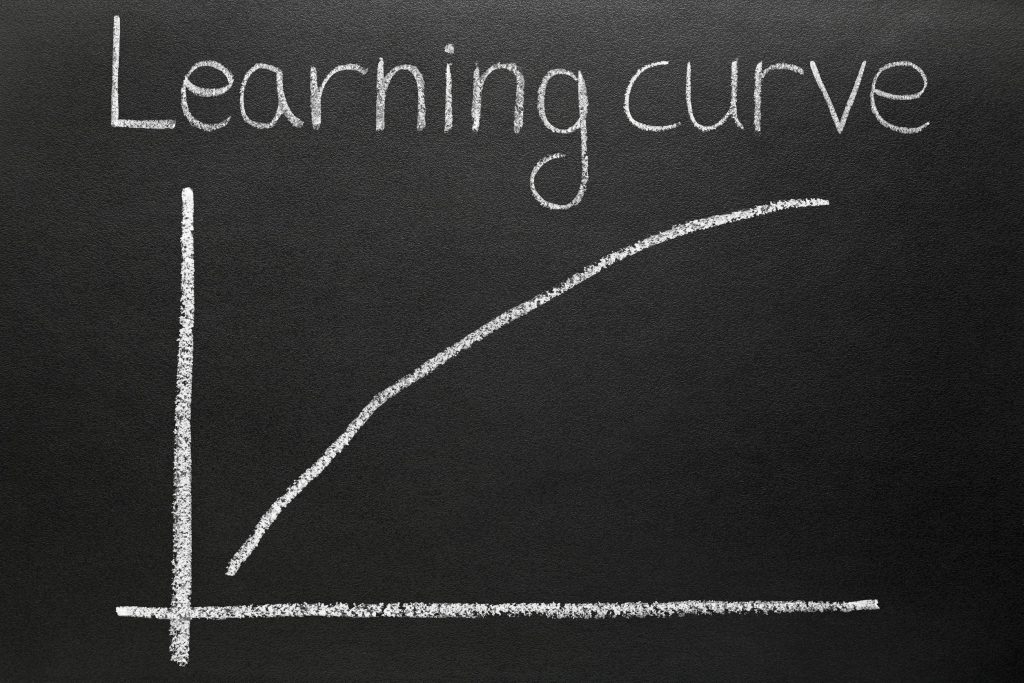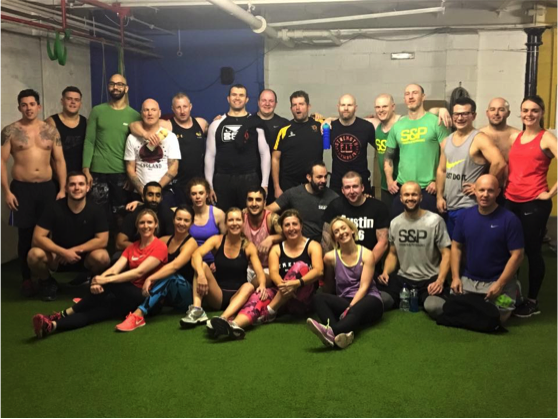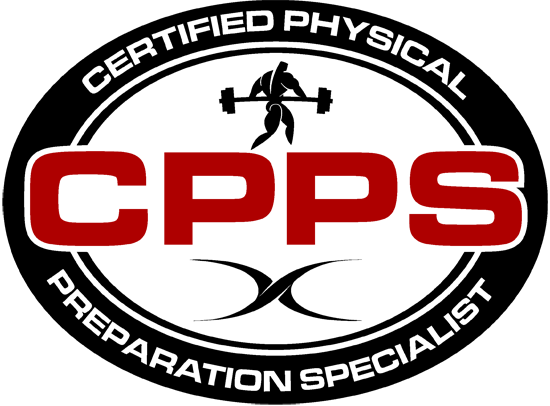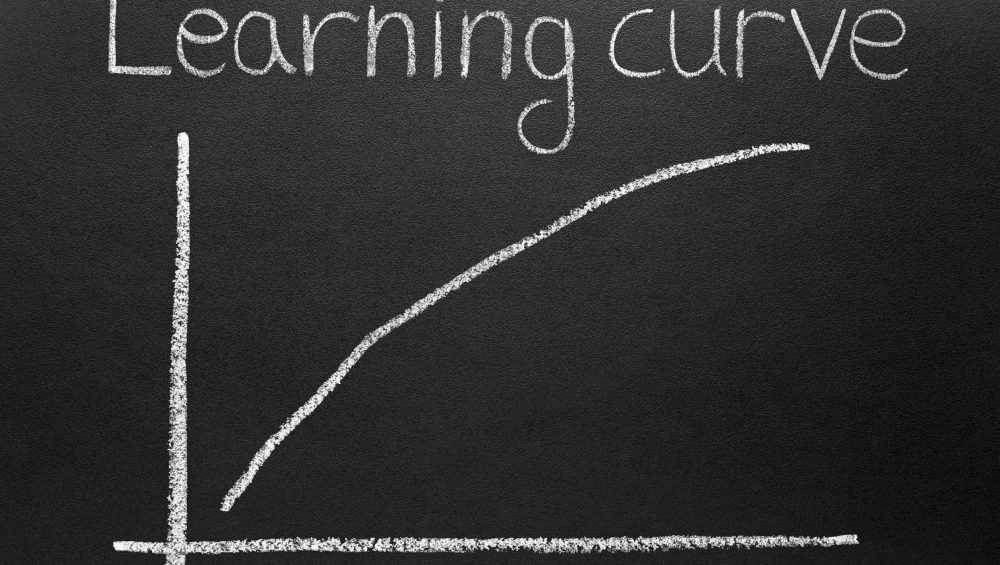We’ve all been there: Year #1 as a coach and all the “deer in headlights” shenanigans it entails. I look back at my first year as a coach and it’s hard not to cringe. I made a lot of mistakes and did a lot of stupid things.
But I also look back with fondness.
For starters I had more hair back then, but also it was a year or exponential growth as a fitness pro. Many of the lessons learned in that first year were lessons I still carry with me today. And in today’s guest post by UK-based trainer, Jake Hartley, he shares some of his Year 1 experiences that I’m sure many people reading can glean some insight from.
Enjoy!

5 Biggest Learning Curves in My First Year as a Coach
What do you think about when you look back at your first year as a coach? Are you shocked at how much more you now know, your progression since then or maybe you even look back with a little bit of regret?
Last year, with my Sports Science degree in my pocket and a head full of ideas, theories and a little bit of nerves, I started my first coaching role at Strength & Performance. Initially, I thought I already knew a good amount to start off with, but as I soon learned, its not all about telling someone what exercises, weight, sets and reps to use.
By the end of the year I can safely say that the experience I gained and lessons I learned have made me a much better coach. I guess this is what all coaches want, to consistently learn and sharpen the sword so that we are in a better place to best help the people that we train.

Some of the S&P gang during one of our warrior nights last year.
Here are my five biggest lessons from last year and hopefully I can provide you with something that will help you become better:
1. Not One Person is the Same
At S&P we usually train in a group setting, so during a session I can be coaching between 2-10 people.
What I quickly realised is that I can’t use the same coaching approach for each and every person.
One guy will just need re-assurance, encouragement and slight guidance. Whilst in the same session you have someone who is new to the programme and needs constant cues on exercise form and answering questions about why we are doing this and not that.

I’m reading a great book at the moment by Brett Bartholomew called “Conscious Coaching” (If you haven’t added it to your collection yet, I highly recommend it) One of the areas the book discusses is how people are different types of archetypes. The strengths and weaknesses, plus how to best connect with these archetypes when you’re coaching them.
I now know that when working with a person for the first time, I need to try and find out which approach they will learn/work best from.
Remember “one size doesn’t fit all”.
With every person that you train, you need to gain their respect and trust, to do that its going to require slightly different methods for each one.
2. Maintain the Thirst for Knowledge
The job is full on.
Don’t get me wrong, its my passion and I wouldn’t change it for anything, but you will have early starts and late finishes. It is stressful and you need to make sure each and every session that you give your clients the best version of you whether its your first session of the day or your very last.
But despite all these demands, you have to make time for learning new things and developing your knowledge base.
Want to know the good thing? I think its easier than ever!
Living in the UK, a lot of the coaches I look up to are based in America, so getting to a workshop or a course isn’t as simple as I’d like.
Don’t get me wrong, you can’t beat actually attending a seminar or a workshop, I managed to complete the CPPS Level 1 Certification by Joe DeFranco and Jim Smith last year which was a massive help to me.

However, these days there is so much quality information on a range of topics on the internet. Want to know the best part?
Most of it is free.
I’ve developed a lot of great sources which I read/listen/watch weekly.
We all learn differently, if you know you’re someone who prefers hearing information rather than reading it than find more podcasts to learn from. Similarly if you’re someone who loves watching how people coach/train rather than listening about it, subscribe to some good quality YouTube channels.
I’m someone who doesn’t generally have a preference so for every article I read from places like EliteFTS.com and Juggernaut, I’ll probably watch a video from MobilityWOD or Gary Vaynerchuk. Make sure you develop your own set of websites, podcasts and YouTube channels to make sure you keep pushing your knowledge base to the next level.
Develop your learning resources and don’t just think about training. Gary Vee is my go to man for motivation.
3. My Favourite Quote for Clients
“Show me a man who cannot bother to do little things and I’ll show you a man who cannot be trusted to do big things.” – Lawrence D.Bell
This quote came up on my Twitter feed a few weeks back and I think it perfectly sums up people who want the most advanced methods of training and nutrition before they have even done the simple things.
As a coach you will work with people who feel they’re more advanced than they are. You’ll have people who haven’t trained for years and have done nothing but eat microwave meals since college who will want the most advanced programs despite being unable to perform a bodyweight squat.
Whenever I see something like that it makes me want to do my best Farooq impression from back in the day, “Damm!” (How cool was WWE back then!?) before I go over and correct them.
People need to build the advanced methods of training and nutrition on an ALREADY STABLE base of the basics.
For every person who is benching, squatting and deadlifting a lot of weight, they will have learnt how to do the fundamentals (press ups, bodyweight squat and hip hinge) before hand. Without this base, your structure is going to come falling down sooner rather than later.
As a coach it is our role to ensure that each client is educated and takes the logical steps necessary to help them get closer towards their goal.
Yes it may be cool to have your client doing a load of fancy looking exercises along with an in-depth nutrition plan. But, having them do a programme based on the fundamental movement patterns along with having them eat enough protein, drink enough water etc may be better suited to they’re current status and ability.
4. Some of Your Best Results Aren’t Going to be Six Packs
Getting people the aesthetic goals such as bigger arms or that sculpted six pack are very impressive. But sometimes the best results you get with people are the ones you necessarily don’t see.
We work with a range of people on a daily basis, going from people who have never trained before to MMA athletes. This means that each person’s goals or reason for coming to us is going to differ. Some of the best things I heard last year is when people say they can now play with they’re kids on the park without getting out of breath.
As I said aesthetic results are great, but when somebody can now spend more quality time with their children for example it feels great to have played a part in that.
It sounds like a simple thing, but when you hear of results like that or how they can now walk up the stairs without getting out of breath, its just as good a feeling as somebody getting great aesthetic results.
At first, I often felt frustrated or upset that not every client that we train was getting results. But, you quickly learn that by celebrating the different types of achievements that people collect can be great for your mindset.
5. You’re More Than a Coach to These People
For some clients you’ll just be the person who writes the programme and tells them how to perform exercises etc. To other people you’re a source of inspiration or somebody they can lean on during tough times.
First and foremost, I have to be someone who sets the standard for the clients to look up to and follow. I had spells last year where I didn’t train (I honestly couldn’t tell you why) and as a result, inside I just felt like I wasn’t as good as a coach.
This year my trainings on fire, I’m eating well, I’m pushing my self-development and as a result, I feel my coaching is at a decent level (I’m always horrendously harsh on myself!).
As well as setting the standard to the clients, I now realise just how many roles that this job entails. I can go from advising somebody on how to improve their nutrition to speaking to somebody about how bad their day has been and trying to lift them up and get them in a good place.
Don’t just try and be great with the training side of coaching, also be a great person to the people who trust in you. You can be a big difference in these peoples lives and thats not to be under estimated.
About the Author
Jake Hartley is a BSc CPPS certified strength and conditioning coach at Strength and Performance in the UK.




